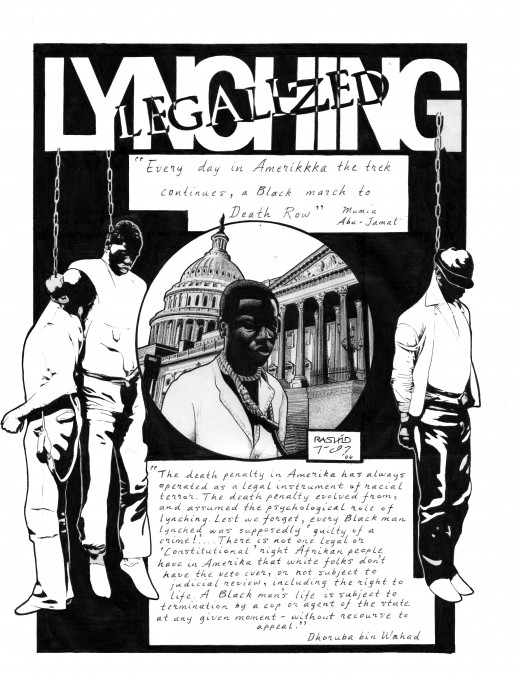A Teacher Never Knows Where Her Influence Ends…
There is a great quote by Henry Adams that I often return to: “A teacher affects eternity; he can never tell where his influence stops.” I’ve always appreciated this quote.
I have taught hundreds of young people (in high school and college) over the years. Most I cannot fully remember but even years later a few do stand out. I received an e-mail on Friday from one of my memorable former students. I taught a college senior seminar about race, gender and youth violence in 2002. She was enrolled in the course. She is an African American young woman which made her stand out at Northwestern. She was funny and very engaged in the subject matter. At the end of the quarter, she collected money from her peers to present me with a gift card from Target for the youth in an organization that I helped to found.
A couple of years later, I received a letter from my student telling me that she had been motivated by the course to seek an internship at the Department of Juvenile Justice in Florida. This led her to decide to go to law school. She eventually became a juvenile defender. Until Friday, it had been years since we’d last been in touch.
She wrote to tell me that she is receiving an award from her local bar association for her juvenile justice-related work. She said that she wanted to reach out to thank me for helping her to find her path in life. She wrote that she was planning to dedicate the award to me but that most importantly she hoped that she would one day be able to make a difference in someone else’s life like I did in hers.
So, first let me say that I have no words. I am profoundly humbled that she thinks me worthy of such an honor. This is one of the reasons that I will never fully give up teaching. It keeps me perpetually young and gives a home to my endless curiosity.
However, I am writing about this not because I think that I did so very much to “help her find her path.” She did the work herself. Instead, I wanted to underscore another point. She has now become a mentor to several young women. I want to say how incredibly thrilled that makes me. I am grateful that these young women of color can look to my former student for support, encouragement, and guidance. I am moved to tears about that.
So I thank my former student for reaching out to me and letting me know how she is. I want to congratulate her on what I know is a well-deserved honor recognizing her contributions. Finally, I want to tell her how proud I am that she is teaching other young women about how they can succeed. A teacher can never tell where her influence stops, indeed.
In the spirit of recognizing the value of mentorship, I invite all of you in Chicago to attend a free screening of the film “the Interrupters” at the Chicago Cultural Center on December 17th from 2 to 5 p.m. The film is followed by a panel discussion featuring women who mentor young women. You’ll want to come just to hear the amazing Ameena Matthews (who is featured in the film) speak about her experiences (yours truly is also on the panel but that is not the reason to attend). Below is a clip from the Interrupters which features Ameena doing what she does every day, teaching and mentoring young people:


